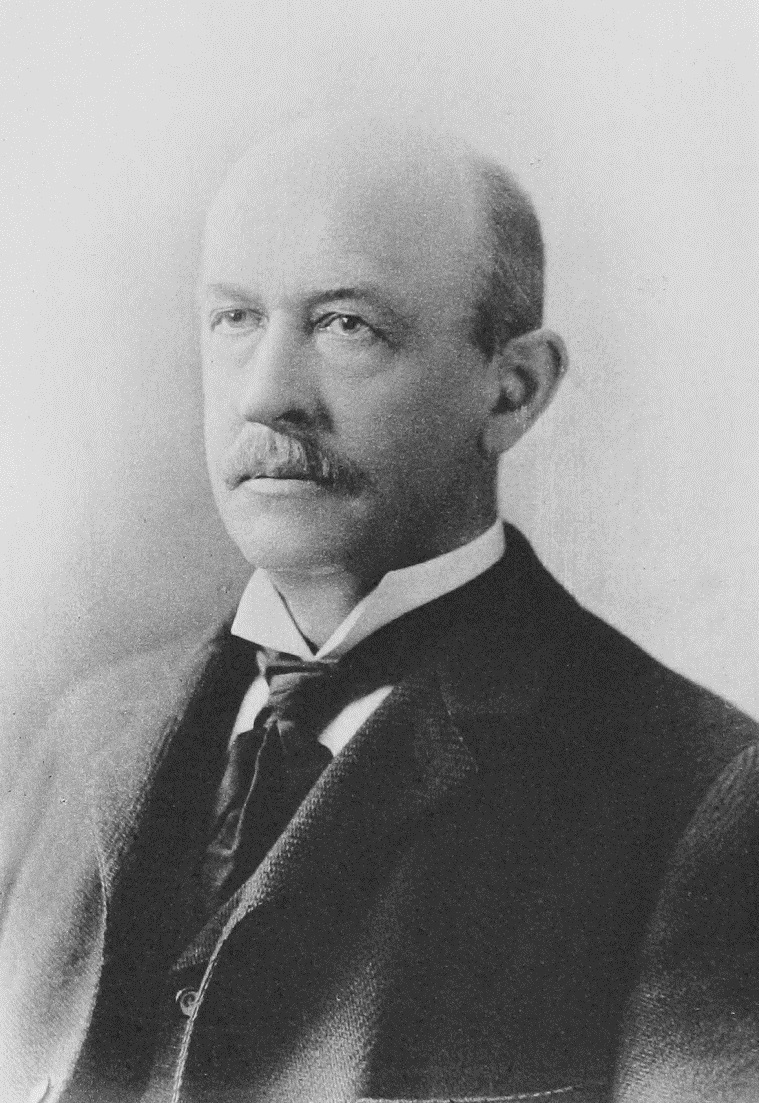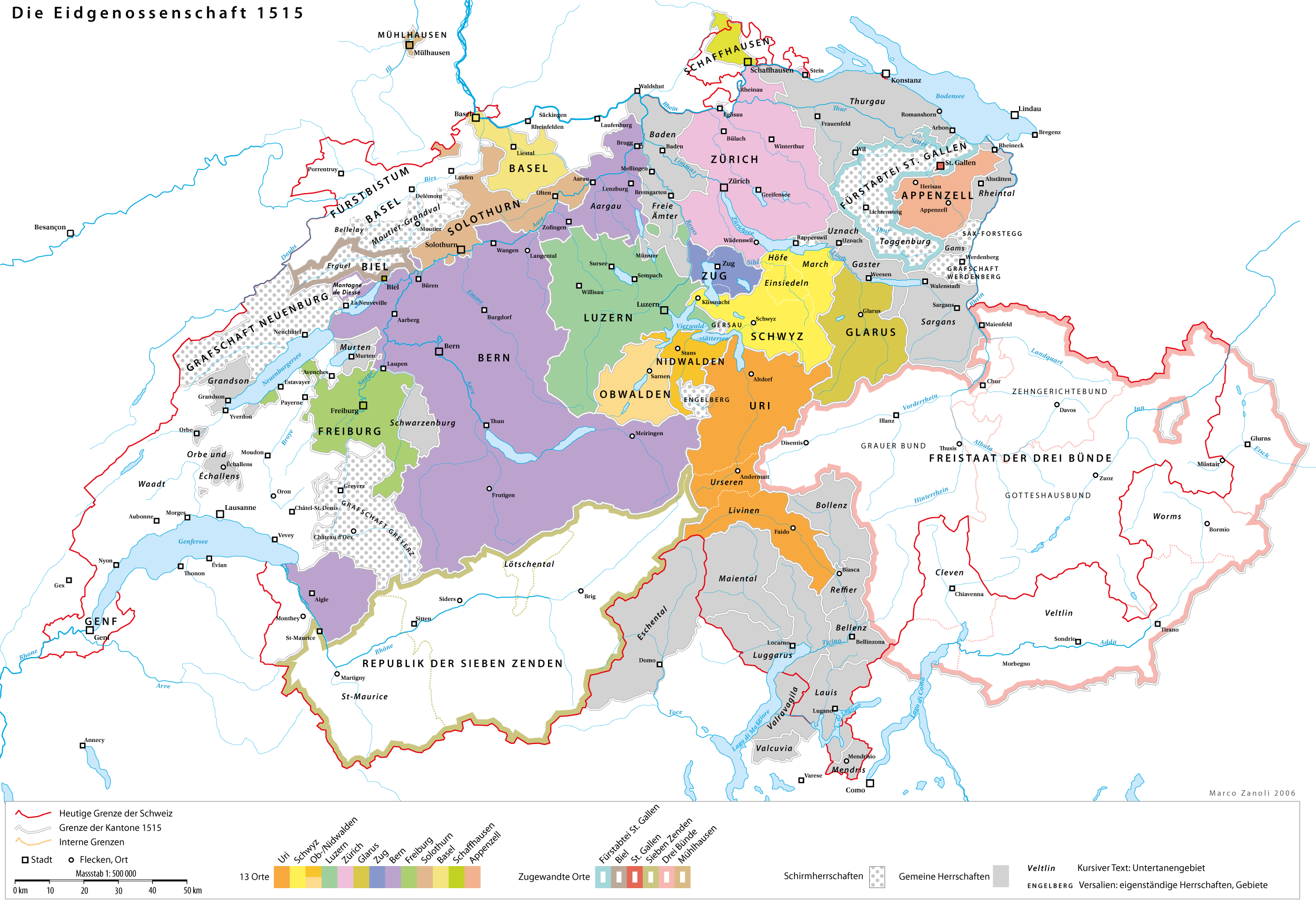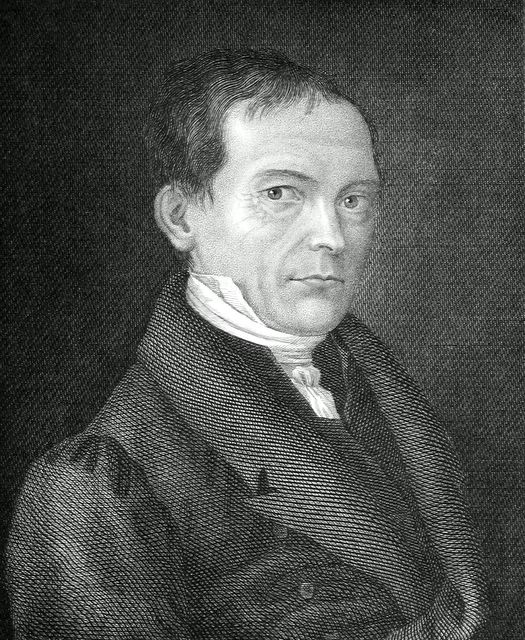|
1 Thessalonians 1
1 Thessalonians 1 is the first chapter of the First Epistle to the Thessalonians in the New Testament of the Christian Bible. It is authored by Paul the Apostle, likely written in Corinth in about 50-51 AD for the church in Thessalonica. This chapter contains the prescript and Paul's thanksgiving for the church. Text The original text was written in Koine Greek. This chapter is divided into 10 verses. Textual witnesses Some early manuscripts containing the text of this chapter are: *Papyrus 46 (c. 200) * Papyrus 65 (3rd century) *Codex Vaticanus (325–350) *Codex Sinaiticus (330–360) *Codex Alexandrinus (400–440) *Codex Ephraemi Rescriptus (c. 450; extant verses 2–10) *Codex Freerianus (c. 450; extant verses 1–2, 9–10) *Codex Claromontanus (c. 550) The Prescript The opening form of this epistle follows the common Graeco-Roman style "consisting of sender(s), recipient(s), a greeting and sometimes a prayer for health or prosperity, in that order". Verse 1 : ''Paul, Si ... [...More Info...] [...Related Items...] OR: [Wikipedia] [Google] [Baidu] |
First Epistle To The Thessalonians
The First Epistle to the Thessalonians is a Pauline epistle of the New Testament of the Christian Bible. The epistle is attributed to Paul the Apostle, and is addressed to the church in Thessalonica, in modern-day Greece. It is likely among the first of Paul's letters, probably written by the end of AD 52,Raymond E. Brown, ''An Introduction to the New Testament'', Anchor Bible, 1997. pp. 456–66. though some scholars believe the Epistle to the Galatians may have been written by AD 48. Background and Audience Thessalonica is a city on the Thermaic Gulf, which at the time of Paul was within the Roman Empire. Paul visited Thessalonica and preached to the local population, winning converts who became a Christian community. There is debate as to whether or not Paul's converts were originally Jewish. The Acts of the Apostles describes Paul preaching in a Jewish synagogue and persuaded people who were already Jewish that Jesus was the Messiah, but in 1 Thessalonians itself Paul sa ... [...More Info...] [...Related Items...] OR: [Wikipedia] [Google] [Baidu] |
Codex Claromontanus
Codex Claromontanus, symbolized by Dp, D2 or 06 (in the Gregory-Aland numbering), δ 1026 ( von Soden), is a Greek-Latin diglot uncial manuscript of the New Testament, written in an uncial hand on vellum. The Greek and Latin texts are on facing pages, thus it is a "''diglot''" manuscript, like Codex Bezae Cantabrigiensis. The Latin text is designated by ''d'' (traditional system) or by 75 in Beuron system. Description The codex contains the Pauline epistles on 533 leaves, . The text is written in one column per page, 21 lines per page. At least 9 different correctors worked on this codex. The fourth corrector, from the 9th century, added accents and breathings. The codex is dated palaeographically to the 5th or 6th century. and D. C. Parker, ''An Introduction to the New Testament Manuscripts and their Texts'' (Cambridge University Press, 2008), p. 259. The ''Codex Claromontanus'' contains further documents: * A stichometric catalogue of the Old Testament and New Testamen ... [...More Info...] [...Related Items...] OR: [Wikipedia] [Google] [Baidu] |
Textus Receptus
''Textus Receptus'' (Latin: "received text") refers to all printed editions of the Greek New Testament from Erasmus's ''Novum Instrumentum omne'' (1516) to the 1633 Elzevir edition. It was the most commonly used text type for Protestant denominations. The ''Textus Receptus'' constituted the translation-base for the original German Luther Bible, the translation of the New Testament into English by William Tyndale, the King James Version, the Spanish Reina-Valera translation, the Czech Bible of Kralice, and most Reformation-era New Testament translations throughout Western and Central Europe. The text originated with the first printed Greek New Testament, published in 1516, a work undertaken in Basel by the Dutch Catholic scholar, priest and monk Desiderius Erasmus. History Erasmus had been working for years on two projects: a collation of Greek texts and a fresh Latin New Testament. In 1512, he began his work on the Latin New Testament. He collected all the Vulgate manu ... [...More Info...] [...Related Items...] OR: [Wikipedia] [Google] [Baidu] |
Social Identity Theory
Social identity is the portion of an individual's self-concept derived from perceived membership in a relevance, relevant social group. As originally formulated by social psychologists Henri Tajfel and John C. Turner, John Turner in the 1970s and the 1980s, social identity theory introduced the concept of a social identity as a way in which to explain Group dynamics#Intergroup dynamics, intergroup behaviour. "Social identity theory explores the phenomenon of the 'ingroup' and 'outgroup', and is based on the view that identities are constituted through a process of difference defined in a relative or flexible way depends on the activities in which one engages" This theory is described as a theory that predicts certain intergroup behaviours on the basis of perceived group Social status, status differences, the perceived Legitimacy (political), legitimacy and stability of those status differences, and the perceived ability to move from one group to another. This contrasts with occ ... [...More Info...] [...Related Items...] OR: [Wikipedia] [Google] [Baidu] |
Philip Esler
Philip Francis Esler (born 27 August 1952) is the Portland Chair in New Testament Studies at the University of Gloucestershire. He is an Australian-born higher education administrator and academic who became the inaugural Chief Executive of the UK's Arts and Humanities Research Council (AHRC) in 2005, remaining in that role until 2009. From 1995 to 2010 he was Professor of Biblical Criticism at St Andrews University. From 1998 to 2001 he was Vice-Principal for Research and Provost of St Leonard’s College at St Andrews. During the years 1999 to 2003 he served as a member of the Board of Scottish Enterprise Fife. From October 2010 to March 2013 he was Principal at St Mary’s University College Twickenham. He had an earlier career as a lawyer, working in Sydney during 1978-81 and 1984-92 as an articled clerk, then solicitor and barrister. Esler is a leading figure with an international reputation in the field of social-scientific interpretation of biblical texts. He applies ide ... [...More Info...] [...Related Items...] OR: [Wikipedia] [Google] [Baidu] |
Jesus
Jesus, likely from he, יֵשׁוּעַ, translit=Yēšūaʿ, label=Hebrew/Aramaic ( AD 30 or 33), also referred to as Jesus Christ or Jesus of Nazareth (among other names and titles), was a first-century Jewish preacher and religious leader; he is the central figure of Christianity, the world's largest religion. Most Christians believe he is the incarnation of God the Son and the awaited Messiah (the Christ) prophesied in the Hebrew Bible. Virtually all modern scholars of antiquity agree that Jesus existed historically. Research into the historical Jesus has yielded some uncertainty on the historical reliability of the Gospels and on how closely the Jesus portrayed in the New Testament reflects the historical Jesus, as the only detailed records of Jesus' life are contained in the Gospels. Jesus was a Galilean Jew who was circumcised, was baptized by John the Baptist, began his own ministry and was often referred to as "rabbi". Jesus debated with fellow Jews on ho ... [...More Info...] [...Related Items...] OR: [Wikipedia] [Google] [Baidu] |
Huldrych Zwingli
Huldrych or Ulrich Zwingli (1 January 1484 – 11 October 1531) was a leader of the Reformation in Switzerland, born during a time of emerging Swiss patriotism and increasing criticism of the Swiss mercenary system. He attended the University of Vienna and the University of Basel, a scholarly center of Renaissance humanism. He continued his studies while he served as a pastor in Glarus and later in Einsiedeln, where he was influenced by the writings of Erasmus. In 1519, Zwingli became the Leutpriester (people's priest) of the Grossmünster in Zürich where he began to preach ideas on reform of the Catholic Church. In his first public controversy in 1522, he attacked the custom of fasting during Lent. In his publications, he noted corruption in the ecclesiastical hierarchy, promoted clerical marriage, and attacked the use of images in places of worship. Among his most notable contributions to the Reformation was his expository preaching, starting in 1519, through the Gosp ... [...More Info...] [...Related Items...] OR: [Wikipedia] [Google] [Baidu] |
John Chrysostom
John Chrysostom (; gr, Ἰωάννης ὁ Χρυσόστομος; 14 September 407) was an important Early Church Father who served as archbishop of Constantinople. He is known for his homilies, preaching and public speaking, his denunciation of abuse of authority by both ecclesiastical and political leaders, his ''Divine Liturgy of Saint John Chrysostom'', and his ascetic sensibilities. The epithet (''Chrysostomos'', anglicized as Chrysostom) means "golden-mouthed" in Greek and denotes his celebrated eloquence. Chrysostom was among the most prolific authors in the early Christian Church, although both Origen, Origen of Alexandria and Augustine of Hippo exceeded Chrysostom. He is honoured as a saint in the Oriental Orthodox Church, Oriental Orthodox, Eastern Orthodox Church, Eastern Orthodox, Catholic Church, Catholic, Anglican, and Lutheran churches, as well as in some others. The Eastern Orthodox, together with the Byzantine Rite, Byzantine Eastern Catholic Churches, Cat ... [...More Info...] [...Related Items...] OR: [Wikipedia] [Google] [Baidu] |
Henry Alford
Henry Alford (7 October 181012 January 1871) was an English churchman, theologian, textual critic, scholar, poet, hymnodist, and writer. Life Alford was born in London, of a Somerset family, which had given five consecutive generations of clergymen to the Anglican church. Alford's early years were passed with his widowed father, who was curate of Steeple Ashton in Wiltshire. He was a precocious boy, and before he was ten had written several Latin odes, a history of the Jews and a series of homiletic outlines. After a peripatetic school course he went up to Trinity College, Cambridge, in 1827 as a scholar. In 1832 he was 34th wrangler and 8th classic, and in 1834 was made fellow of Trinity. Service He had already taken orders, and in 1835 began his eighteen-year tenure of the vicarage of Wymeswold in Leicestershire, from which seclusion the twice-repeated offer of a colonial bishopric failed to draw him. He was Hulsean lecturer at Cambridge in 1841–1842, and steadily built ... [...More Info...] [...Related Items...] OR: [Wikipedia] [Google] [Baidu] |
Wilhelm Martin Leberecht De Wette
Wilhelm Martin Leberecht de Wette (12 January 1780 – 16 June 1849) was a German theology, theologian and Biblical Studies, biblical scholar. Life and education Wilhelm Martin Leberecht de Wette was born 12 January 1780 in Ulla (now part of the municipality of Nohra), Thuringia, where his father was a pastor. As a boy, he was sent to the gymnasium (school), gymnasium at the nearby city of Weimar. Here he was much influenced by Johann Gottfried von Herder, who frequently examined at the school. In 1799, de Wette entered University of Jena, the University of Jena to study theology, his principal teachers being Johann Jakob Griesbach, J. J. Griesbach and Heinrich Eberhard Gottlob Paulus, H. E. G. Paulus. By the time he submitted his dissertation in September 1804, he was in regular contact at Jena with Jakob Friedrich Fries and Karl David Ilgen, who perhaps led him to his contact with Johann Severin Vater, a scholar whose work he both admired and, in some respects, duplicated independ ... [...More Info...] [...Related Items...] OR: [Wikipedia] [Google] [Baidu] |
Epistle To The Romans
The Epistle to the Romans is the sixth book in the New Testament, and the longest of the thirteen Pauline epistles. Biblical scholars agree that it was composed by Paul the Apostle to explain that salvation is offered through the gospel of Jesus Christ. Romans was likely written while Paul was staying in the house of Gaius in Corinth. The epistle was probably transcribed by Paul's amanuensis Tertius and is dated AD late 55 to early 57. Consisting of 16 chapters, versions with only the first 14 or 15 chapters circulated early. Some of these recensions lacked all reference to the original audience of Christians in Rome making it very general in nature. Other textual variants include subscripts explicitly mentioning Corinth as the place of composition and name Phoebe, a deacon of the church in Cenchreae, as the messenger who took the epistle to Rome. Prior to composing the epistle, Paul had evangelized the areas surrounding the Aegean Sea and was eager to take the gospel fa ... [...More Info...] [...Related Items...] OR: [Wikipedia] [Google] [Baidu] |
Apostle
An apostle (), in its literal sense, is an emissary, from Ancient Greek ἀπόστολος (''apóstolos''), literally "one who is sent off", from the verb ἀποστέλλειν (''apostéllein''), "to send off". The purpose of such sending off is usually to convey a message, and thus "messenger" is a common alternative translation; other common translations include "ambassador" and "envoy". The term in Ancient Greek also has other related meanings. The term derives from the Ancient Greek. In Christianity, the term was used in the New Testament for Jesus' Twelve Apostles (including Peter, James, and John), as well as a wider group of early Christian figures, including Paul, Barnabas, and Junia. The term is also used to designate an important missionary of Christianity to a region, e.g. the " apostle of Germany". Some other religions use the term for comparable figures in their history. The word in this sense may be used metaphorically in various contexts, but is mostly found ... [...More Info...] [...Related Items...] OR: [Wikipedia] [Google] [Baidu] |
.jpg)
.jpg)






